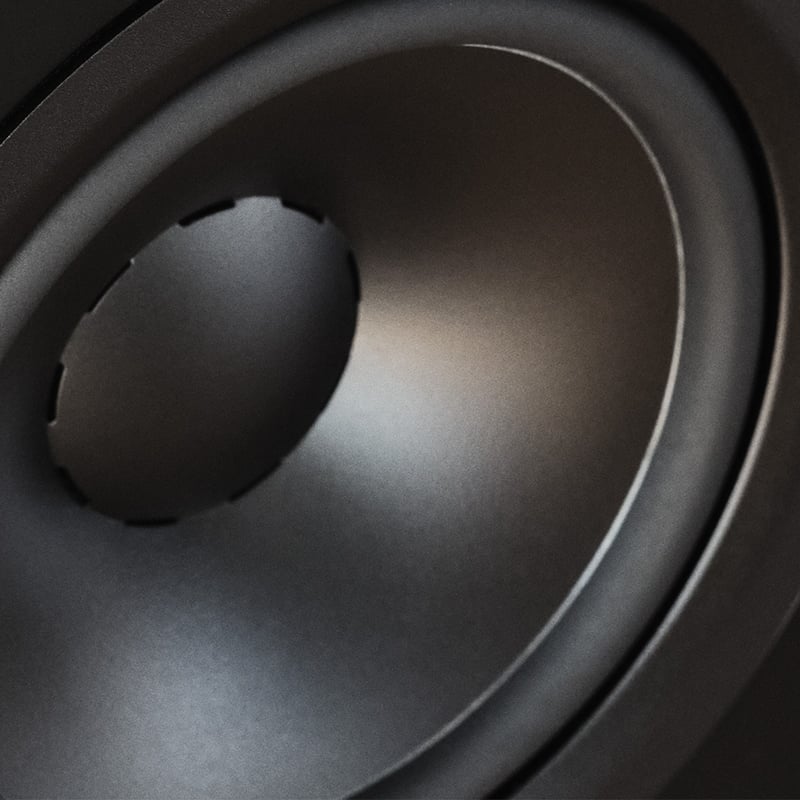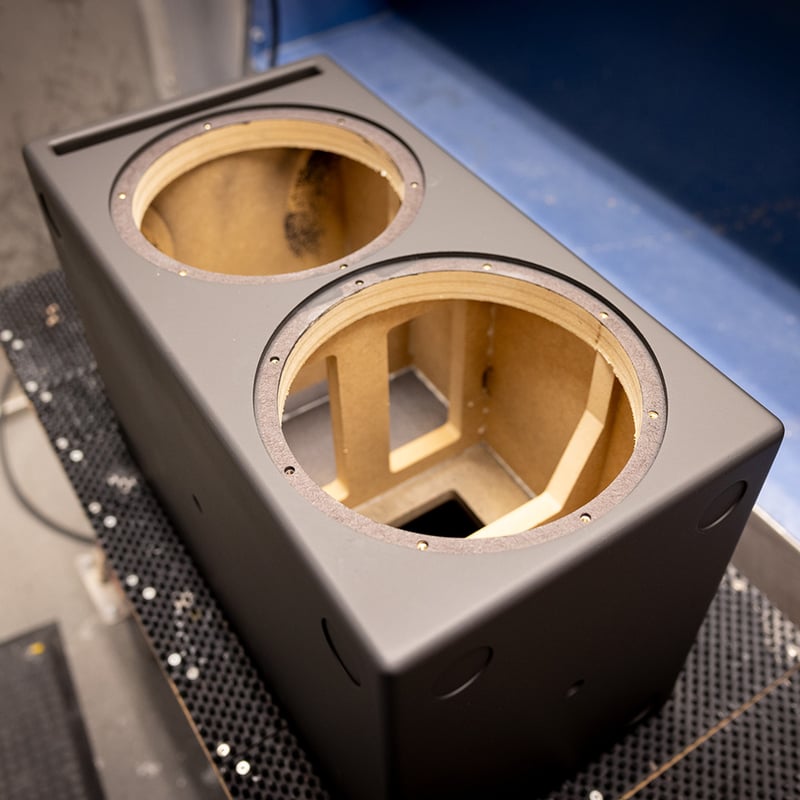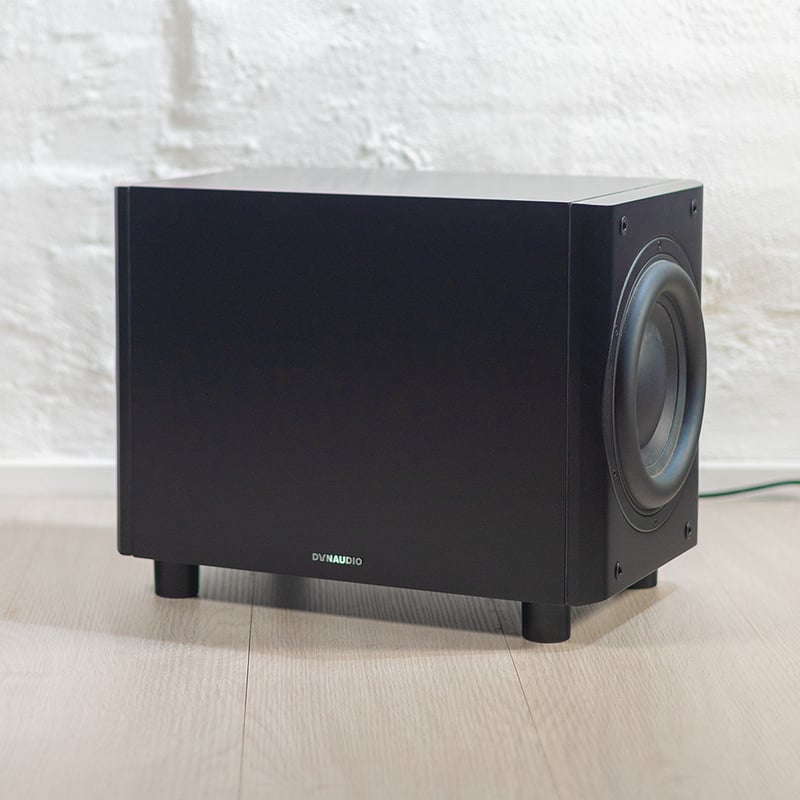This episode of Ask The Expert is a little different, because for this week's episode, we've decided to put not one, not two, but twenty three user-generated questions to our resident expert, Otto, as a fun way to close off the year 2023. Otto will have 30 seconds to answer each of the 23 questions, in a true test of, not only his extensive knowledge, but his ability to think on his feet.
All twenty three questions featured on this episode of Ask The Expert (and indeed the countless others from episodes past) have come from you, the Dynaudio fans. Only your questions make Ask The Expert a possibility, so keep on sending them our way via the "Send us your questions" form at the bottom of this page. We promise, we'll do our utmost to answer them on a future episode.
For now, sit back and enjoy Ask The Expert: The Lightning Round!
#1 What's a two-way speaker?
In a two-way speaker you have a tweeter and one or more woofers, and the crossover divides the signal up into two "ways."
#2 What's a two-and-a-half-way?
In a two-and-a-half-way speaker, you typically have two woofers that are not playing exactly the same thing. So the upper woofer will play midrange and bass and the lower one will play bass only.
#3 What is impedance?
Impedance is how much the speaker impedes the flow of electrons from the amplifier. A lower impedance allows more power to go from the amplifier into the loudspeaker.
#4 Why does impedance matter?
Impedance matters because it determines how much power you're drawing from the amplifier. A lower impedance will draw more power. But if it's too low, the amplifier might struggle to deliver that power.
You can learn more about impedance here.
#5 What's a voice coil?
A voice coil is basically what makes a loudspeaker work. It's a coil of wire that – when you put alternating current into it – creates a magnetic field that goes back and forth between plus and minus (positive and negative). If you put that coil inside a magnet, then it will move back and forth, which we can utilise to make the speaker cone move.
#6 What's resonance?
Any sort of material or space has a resonance frequency, which is a frequency which causes that material or space to vibrate – often more than what is typical. In a speaker a cabinet, for instance, you want to avoid exciting that resonance because the result will be you'll add frequencies that you don't want to be able to hear in the overall sound performance.
#7 Which speakers need space around them?
Any speaker that's designed to have space around it, needs space around it. In theory, this is all speakers. However, you can design the speaker to be an on-wall or in-wall speaker, for example, and in this instance, you would take that into account when designing the speaker in an attempt to mitigate the fact that there's no space around the speaker.
You can learn more about this topic here.
#8 Why do speakers need space around them?
The reflections from the walls will affect the sound, because the sound from the speaker hitting the wall and coming back again will be out of phase with the original sound emanating from the speaker. When you have two signals out of phase with each other, they cancel each other out. A larger distance between the speaker and a wall will ensure that this out-of-phase effect is minimised.
#9 What's a three-way speaker?
In a three-way speaker, you typically have a tweeter, a midrange driver, and a woofer. You can have more than one woofer, but the crossover would still be designed to split out into three "ways:" tweeter, midrange, and woofer, or treble, middle, and bass.
#10 Why do speakers have ports?
In a speaker without a port, the woofer will roll off at some point, meaning that it will reach a frequency floor, where it is then unable to play any lower than that. In order to extend the response from the woofer, we add a port with a resonance below that point of roll off, effectively extending the low-end frequency range of the speaker.
You can learn more about speaker ports here and here.
#11 What does chuffing mean?
Chuffing is an expression normally used to describe unwanted sounds from speaker ports. If you have a port that doesn't have a flare at the end of it – if it just ends like a flat-ended tube – the air coming out of it will rolli around the edges and create some sort of turbulence around those edges, resulting in a "chuffing" noise.
#12 What's a crossover?
A crossover is a network that divides the signal into different frequency ranges, typically tweeter-woofer or tweeter-midrange-woofer, ensuring that the tweeters only "tweet" and the woofers only "woof."
#13 What is a first-order crossover?
In a first-order crossover, you have a very shallow roll off of the slopes of that crossover. For example, the tweeter gradually rolls into the woofer, meaning that it's playing a lot of low frequencies as well. In the same way, the woofer would produce some higher in frequencies too, meaning that there's a lot of overlap between them when using a first-order crossover design.
#14 What's a Hexis?
Hexis is a small component, placed underneath the dome in our soft domes tweeters so that we kind of divert the back waves of the dome into the rear chamber. Instead of trying to dampen them – which you can't do fully – we try to steer them around into the rear chamber, where we have much more efficient damping. This increases the resolution of the tweeter.
#15 Why do speakers have cabinets?
When woofers are playing, they send sound both forwards and backwards. If your speaker didn't have a cabinet, then the sound from the back of the woofers would kind of short circuit around the speaker and cancel out the sound coming from the front, which would result in a lack of bass. The sound has to be encapsulated somehow, and that's what the cabinet is for.
#16 Where should I sit when I listen to the music?
Optimally, the best listening position is in an equilateral triangle, meaning that the distance between the two speakers is the same as the distance between one of the speakers and your ears. Maybe even a little bit further away than that, and preferably somewhere at the same height of the speaker.
#17 Grilles... on or off?
Grilles off. I just sounds best. The grille is mainly there to make the speaker look good and to protect the drivers. In most of our speakers, you should remove the grille when doing serious listening.
You can learn more about grilles here.
#18 What's the difference between active and passive?
In an active speaker, you have the amplifier built into the loudspeaker. What we consider to be "true active" is when you have an electronic crossover before the amplifier itself, resulting in one amplified channel per "way" of the speaker. For example, you could have one amplifier driving more than one woofer, but a separate amplifier driving the midrange and tweeters.
#19 Do you really listen to glue?
Yes, we actually do listen to glue. In our development processes, we do all sorts of measuring and analysing and simulating. But in the end we do listening tests for all of the different components that we can change in the speaker driver, including the glue.
#20 What is damping?
Damping is a technique, or a series of techniques, used to remove any sort of unwanted vibration in the loudspeaker. By adding weight, for example, you can add damping in order to stop vibration. You can do that in various different ways depending on what you're trying to dampen. Essentially, when you're dampening something, you're removing the vibrations and instead converting that energy into heat, essentially "cleaning up" the sound.
#21 What is MSP?
MSP is a magnesium silicate polymer. That's the material that we use for essentially all of our woofers and mid-woofers. It's a material that has a very good balance between lightness, weight and damping. It doesn't ring, but has a very natural, clean sound.
#22 Why do our tweeters have domes?
The dome tweeters that we use in our speakers have a very natural sound. The way that they disperse sound into the air is quite natural and very uniform across all frequencies – meaning that it sounds natural both in the high and the low frequencies – and that makes it easier to design a good crossover for the woofer, resulting in a great, natural-sounding speaker.
#23 Does Otto like Christmas songs?
Do I like Christmas songs? Yes, actually. Which ones? So a Top 3?
OK, Top 3 Christmas songs...
“Driving home for Christmas,” Chris Rea of course, because obviously. Bing Crosby “Dreaming of a White Christmas” because I'm a nostalgic. And a Danish one, Mads Langer, “Stjerneregn af sne”.
No Slade in there, I notice?
No Slade, no. Runners up: AC/DC “Mistress for Christmas.” No Christmas without it.
Send us your questions
Don't forget to submit your questions to our experts via the form below – they might just get featured in a future episode of Ask The Expert!








2 comments